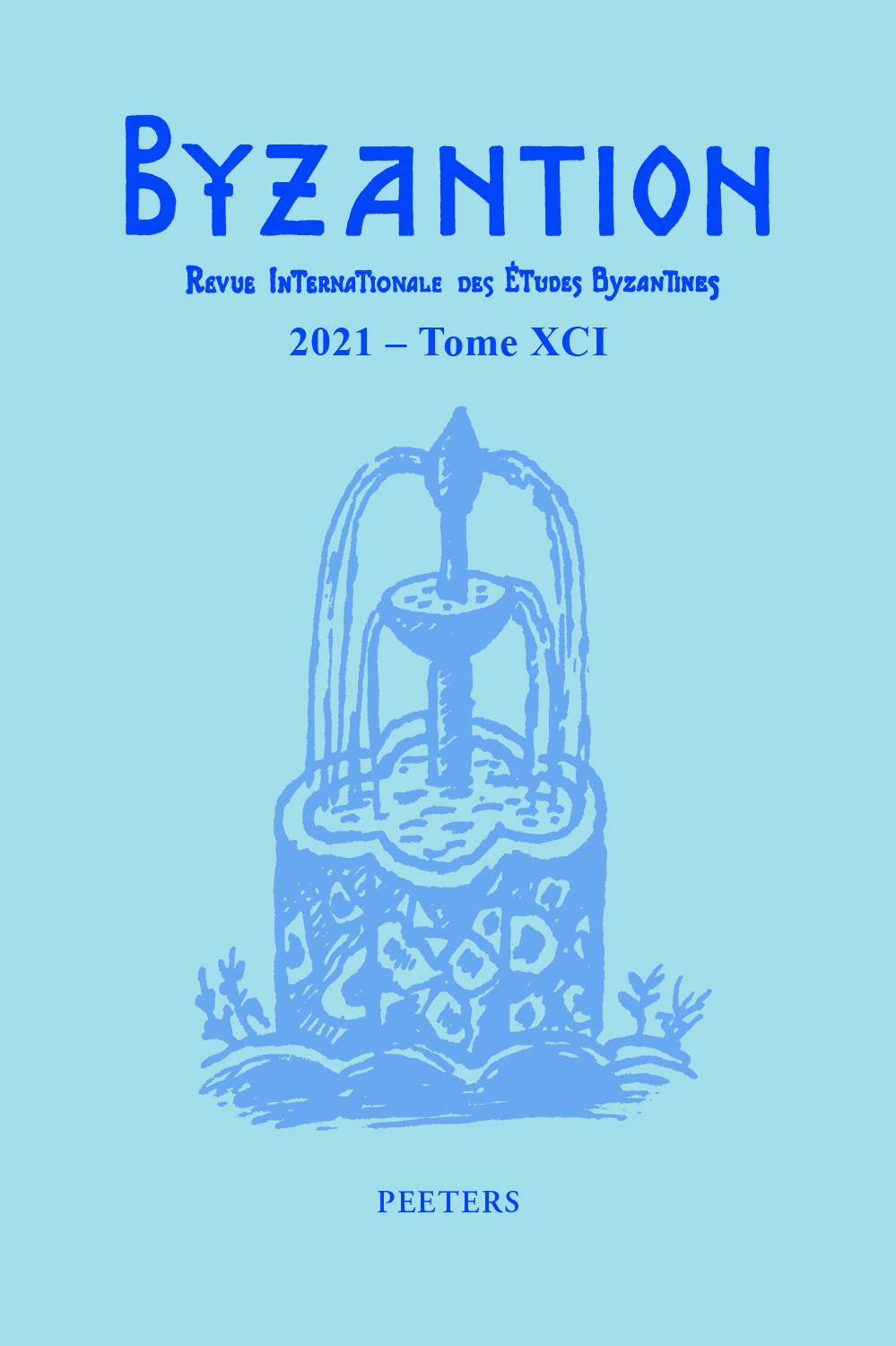 previous article in this issue previous article in this issue | next article in this issue  |

Preview first page |
Document Details : Title: The Creation of the Late Antique City Subtitle: Constantinople and Asia Minor during the 'Theodosian Renaissance' Author(s): JACOBS, Ine Journal: Byzantion Volume: 82 Date: 2012 Pages: 113-164 DOI: 10.2143/BYZ.82.0.2174087 Abstract : Asia Minor witnessed a resurgence of construction and renovation activities in the Theodosian age, and in particular in the last twenty years of the 4th and the first twenty years of the 5th century AD. In fact, the typical Late Antique city, with its imposing fortification walls, heterogeneous street colonnades and agora porticoes, and monumental churches replacing earlier temples, came into being in these decades. A confrontation of the material remains with contemporaneous historical, political, social and religious events and changes, would suggest that these urbanistic interventions were the result of unrelated factors arising in just a few decades’ time. Despite the absence of a deliberate Theodosian policy of urban renewal, the care for and energy invested in the cityscape does testify to continuance of aesthetic principles and representational concerns, not only at Constantinople, but also in the provincial capitals and even in the smaller cities of the region. |
|


